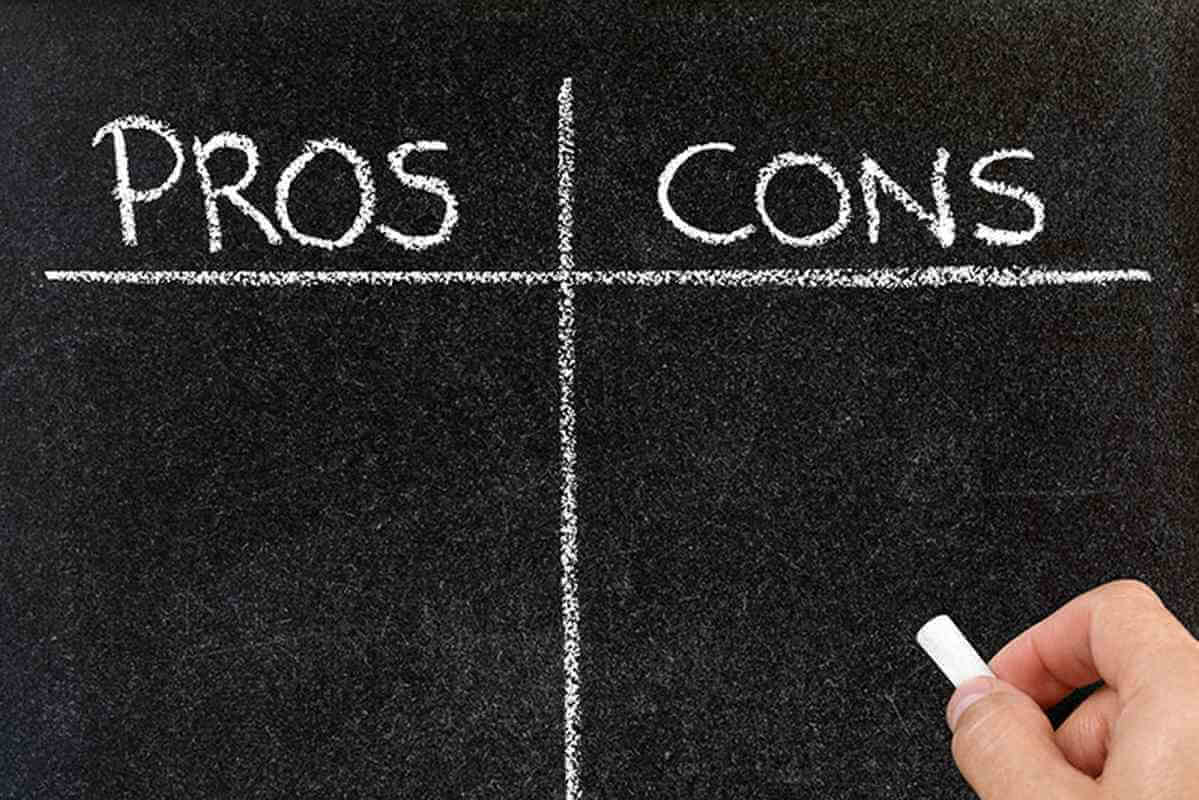Metal roofing is gaining popularity as a durable and long-lasting roofing option for residential and commercial buildings. Like any other material, it has its advantages and disadvantages. Let's explore the pros and cons.
Pros
1. Durability: They are known for their exceptional durability and longevity. They can withstand harsh weather conditions, including high winds, heavy snow, and hail. The materials are designed to resist rust, corrosion, and impact, making them a reliable choice for long-term protection.
2. Longevity: They have an impressive lifespan, often lasting 40 to 70 years or more, depending on the material used. This longevity surpasses traditional roofing materials, such as asphalt shingles, typically lasting 15 to 30 years. Investing in a metal can provide significant savings in the long run, as it requires fewer replacements over time.
3. Energy Efficiency: They are reflective and have high emissivity, which means they reflect solar heat and release it quickly. This property helps to reduce cooling costs during hot summers by keeping the building's interior cooler. Some systems can be installed with insulation materials to enhance energy efficiency further.
4. Lightweight: The materials are lightweight compared to other roofing options, such as concrete tiles or clay. This characteristic makes installing them easier, reducing labor costs and potential structural concerns. It also allows for more accessible transportation and handling during the installation process.
Cons
1. Cost: It costs more upfront than traditional materials like asphalt shingles. Considering the long lifespan and durability, reduced maintenance and replacement costs can offset the initial investment.
2. Noise: Rainfall and hail can be louder than other roofing materials. The noise level can be mitigated by proper insulation and installing additional sound-deadening materials, such as plywood or foam insulation.
3. Expansion and Contraction: They can expand and contract with temperature fluctuations. Without proper installation techniques and consideration for thermal movement, this can lead to loose fasteners or damage to the structure. Hiring a professional installer experienced can help prevent these issues.
4. Denting: They are generally impact-resistant. Certain materials, such as aluminum, can be prone to denting. Factors like falling branches or hailstones can cause visible dents on the surface. The structural integrity is typically unaffected, and most cuts do not compromise functionality.
They provide several benefits, including durability, longevity, energy efficiency, and lightweight construction. These advantages make it a desirable option for many homeowners and businesses. It is essential to weigh these benefits against the potential drawbacks, such as higher upfront costs, noise during rainfall, and the possibility of denting.
They are known for their exceptional strength and ability to withstand various weather conditions. They can endure high winds, heavy snow loads, and even hailstorms without significant damage. This durability ensures they can provide long-term protection for a building, reducing the need for frequent repairs or replacements.
The longevity of metal is another crucial factor. They surpass other common materials with a lifespan of 40 to 70 years or more. This extended lifespan translates to cost savings in the long run, as fewer replacements are needed over the years.
